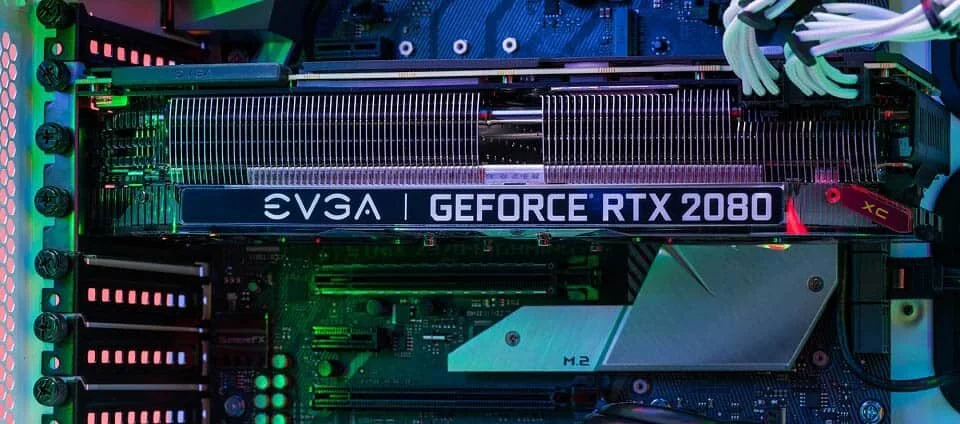Explanation Needed: What is PCIe 4.0?
PCIe 4.0, better known as Peripheral Component Interconnect Express, is the fourth generation interface for the motherboard with double the bandwidth over PCIe 3.0. The added bandwidth is made available for critical components, such as graphics cards, SSDs, Wi-Fi, and Ethernet cards. Fun facts, AMD was the first out the gate to adopt PCIe 4.0 technology back in January 2017.
PCIe 4.0 vs PCIe 3.0
Structurally, both the PCIe 4.0 and PCIe 3.0 are similar. Where the two differ is bandwidth and lane configuration. In comparison, PCIe 4.0 has a 16 GT/S data rate, 8GT/s data rate with PCIe 3.0. In addition, each PCIe 4.0 lane configuration gives you double the bandwidth support, maxing out at 32 GB/s within a 16-lane slot, 64 GB/ in a bidirectional data flow. As expected, PCIe 3.0 data transfer numbers are lower, with an 8 GT/S data rate, 16GB/S within a 16-lane slot.
What's the impact On Graphics cards, SSD, and NVMe?
Aside from higher bandwidth, PCIe 4.0 enables integrators to increase expansion cards in a system. For example, any device requiring up to 100Gbps only needs an 8-lane slot with PCIe 4.0, compared to PCIe 3.0, which is required a 16-lane slot. The overall impact on each critical component goes as follows; with graphics cards, PCIe 4.0 would allow faster data loads on the GPU's memory and decreased PCIe bus latency. With SSDs, much like PCIe 4.0 compatible graphics cards, NVMe SSD's will also have a much higher data transfer rate with low latency. In short, you have a faster data transfer with minimal delay.
Don't Look Now But Her Comes PCIe 5.0
Just when we're are all starting to get accustomed to PCIe 4.0, we’ll soon see the emergence of PCIe 5.0. The PCI-SIG group has already established version 0.9 for the PCIe 5.0 specification. Support for it in computers will take place at some point this year. With PCIe 5.0, as usual, you will have double the bandwidth up to 32GT/s or 8GB/s ( bi-directional), a total of 128GB/s for 16-lanes.






